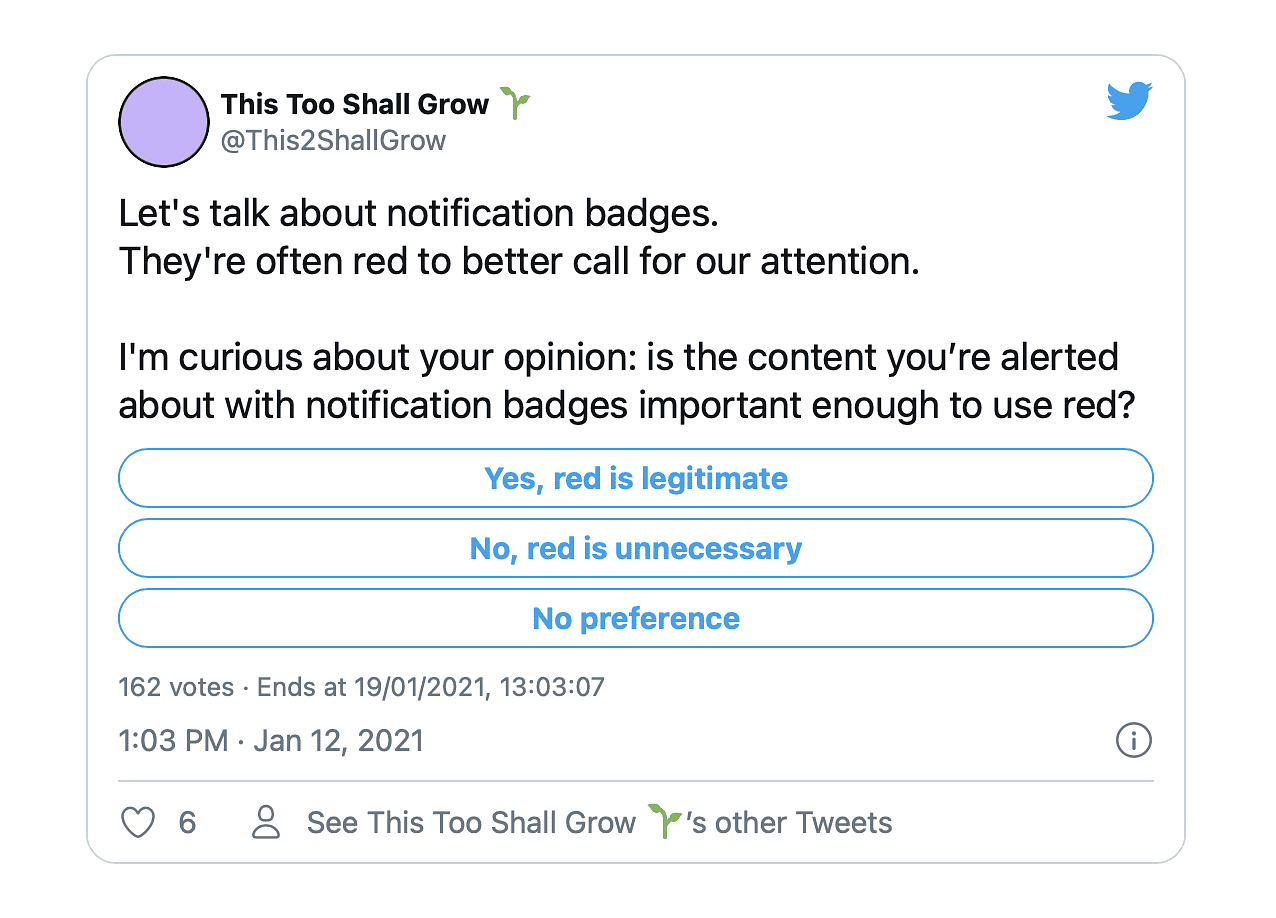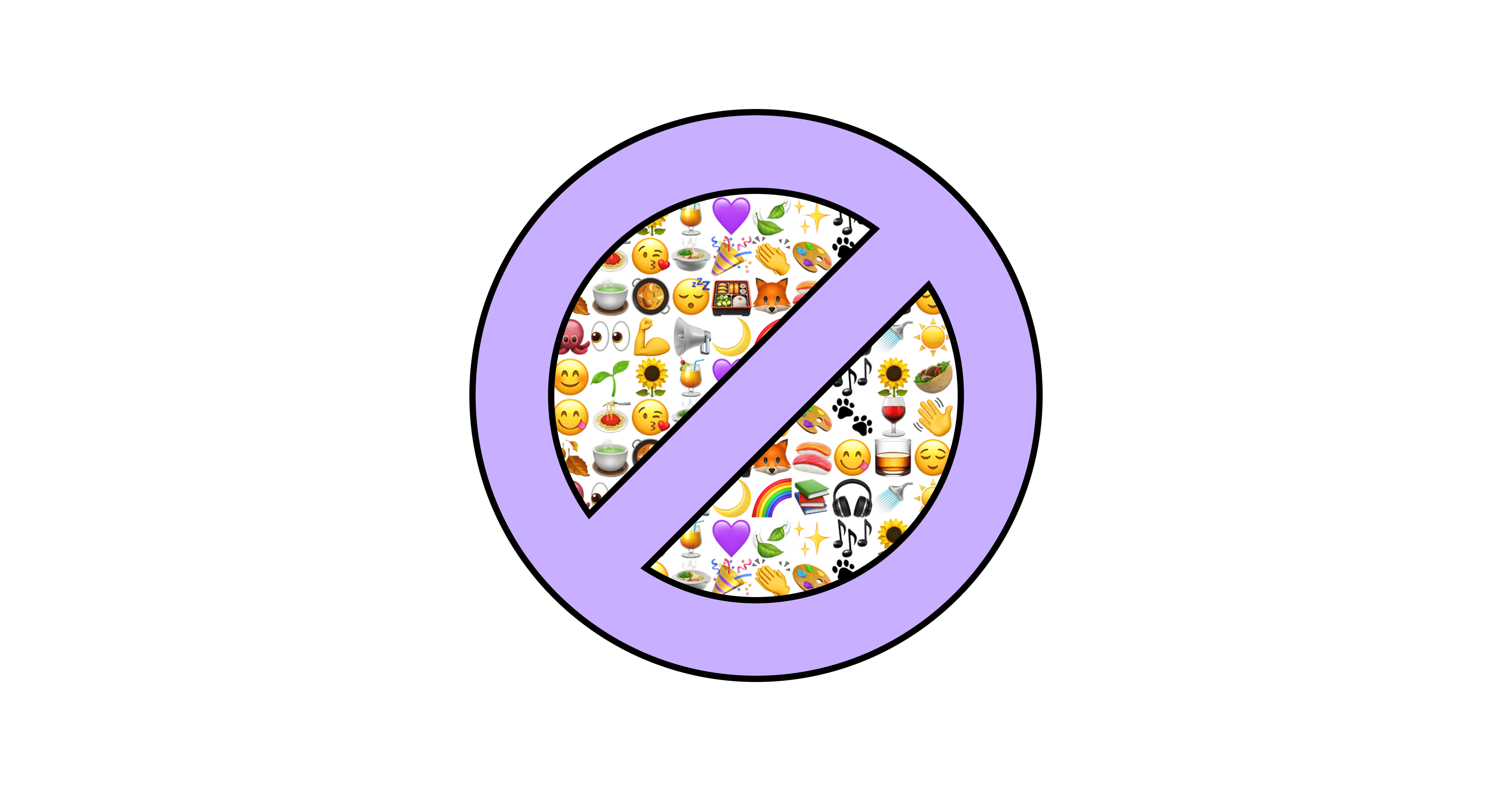
Behavioural Design 101: Psychology mechanisms in persuasive design
Shit’s Broken: Why We Need Mindful Notifications & How to Design Them
Barring those who have made a conscious and concerted effort to turn them off, push notifications disrupt our flow on a daily basis. You pick up your phone to check the time or your to-do list, and the first thing you see is that you’ve received 9 messages from 4 different people, who are waiting for your response. Let’s start with an assessment.
What happened when I stopped using Emojis
Emoji cross-platform translation could be insignificant. Emojis are encoded and represented by Unicode standard, just as any text character.

Design Psychology and the Neuroscience Behind Awesome UX
The user experience study of human cognition can be mushy, unscientific, and filled with false assumptions—perhaps it’s the fault of a lazy brain. Cognition is complex, and many factors play into gut reactions or an instant impression. When you ask someone, “Why’d you do that?” there’s a high chance they won’t be able to answer or that you’ll misinterpret their response. Enter neuroscience.

